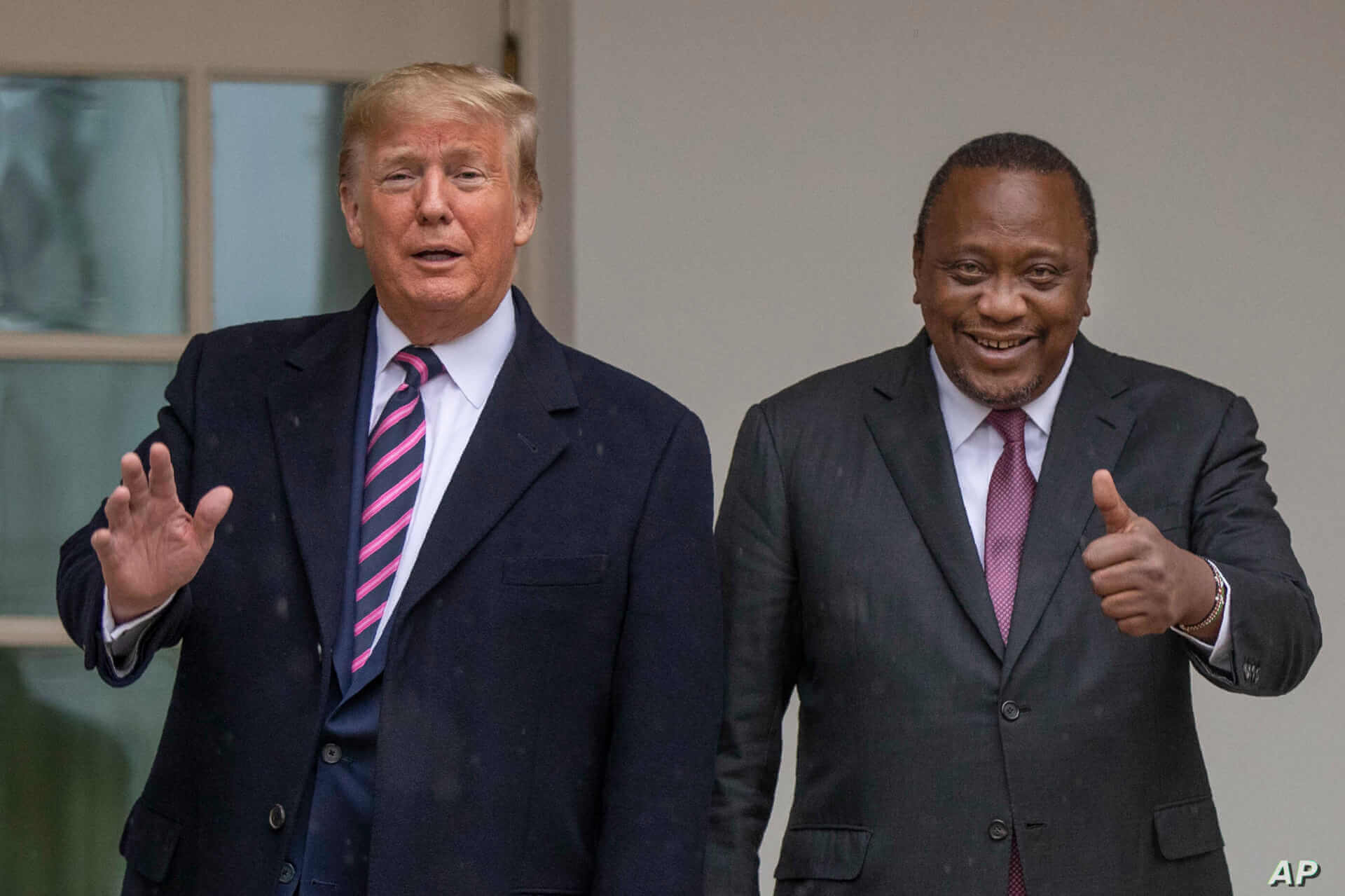The Office of the United States Trade Representative released a list of priorities in its proposed free-trade agreement (FTA) with Kenya, with talks set to begin in July. The all-encompassing list seeks to replace what it deems to be “unfair” agreements under the Africa Growth and Opportunity Act (AGOA), which expires in 2025, with virtually unencumbered access to multiple sectors in the Kenyan economy, such as agriculture, telecommunications, and textiles.
It builds on talks between the US and Kenya at last year’s Trade and Investment Working Group, where delegates discussed “services, digital trade, intellectual property, agriculture, environment, customs and trade facilitation, technical barriers to trade, labor, and state-owned enterprises”. The US seeks a removal of tariffs on American agricultural products, and the opening up of Kenya’s maritime, textile, telecommunications, and financial services sectors to US investors.
Kenya’s Trade and Industrialization Cabinet Secretary, Betty Maina, calmed nerves among the East African Community, a regional intergovernmental organization that comprises of Burundi, Kenya, Rwanda, South Sudan, Tanzania, and Uganda. She said, “We would like to assure our partners in the EAC and the African Continental Free Trade Area (AfCFTA) that we do not intend to jeopardise our regional interests. The team will work putting in mind the promise we indicated in the letter to the EAC Heads of States in which we informed them regarding our intention to offer preferential market access to the US.”
The list is indicative of the Trump administration’s attempts to counter rising Chinese influence across the world, particularly in Africa. In fact, the proposed deal is pursuing a “a mutually beneficial trade agreement that can serve as a model for additional agreements across Africa”.
In accordance with Trump’s “America First” policy, the proposed FTA aims to reduce or eliminate tariffs and other “unjustified trade restrictions”. For example, the US wants Kenya to accelerate the customs process for its express delivery shipments.
It also seeks market entry into the Kenyan telecommunications industry, “fairer and more open conditions” for financial services trade, and ‘full market access’ for US pharmaceuticals and medical devices.
The proposed new FTA would replace the AGOA agreement, which ensures duty-free entry into the US for a majority of African exports, including oil and agricultural goods, textiles, and handicrafts.
Kenyan and regional experts are concerned that this could ‘cripple’ the agriculture and manufacturing sectors. Local farmers will find it difficult to compete with heavily subsidized US agricultural products.
These concerns largely stem from the fact that Kenya is far more dependent on the US than vice-versa. This proposed accord would further reduce its already limited bargaining power. The US represents Kenya’s third-largest export destination, and annual trade between the two countries amounts to roughly $1 billion. On the other hand, Kenya is only the 98th largest trade partner for the US.
Nevertheless, even amid concerns of excessive American influence, Kenya still stands to gain from being able to export locally produced goods to the US tax-free.
However, the promise of access to the US has previously yielded limited reward for some industries. For example, under the AGOA, Kenya’s textile and apparel industry was given access to the US’ $368 billion apparel market. However, under the agreement, Kenya’s apparel experts only amounted to less than $500 million, a negligible amount, considering the size of the industry.
Image Source: Voice of America
US Seeks FTA With Kenya, Regional Experts Worried About Excessive American Influence
Kenya is far more dependent on the US than vice-versa, raising fears of exploitation.
June 9, 2020

